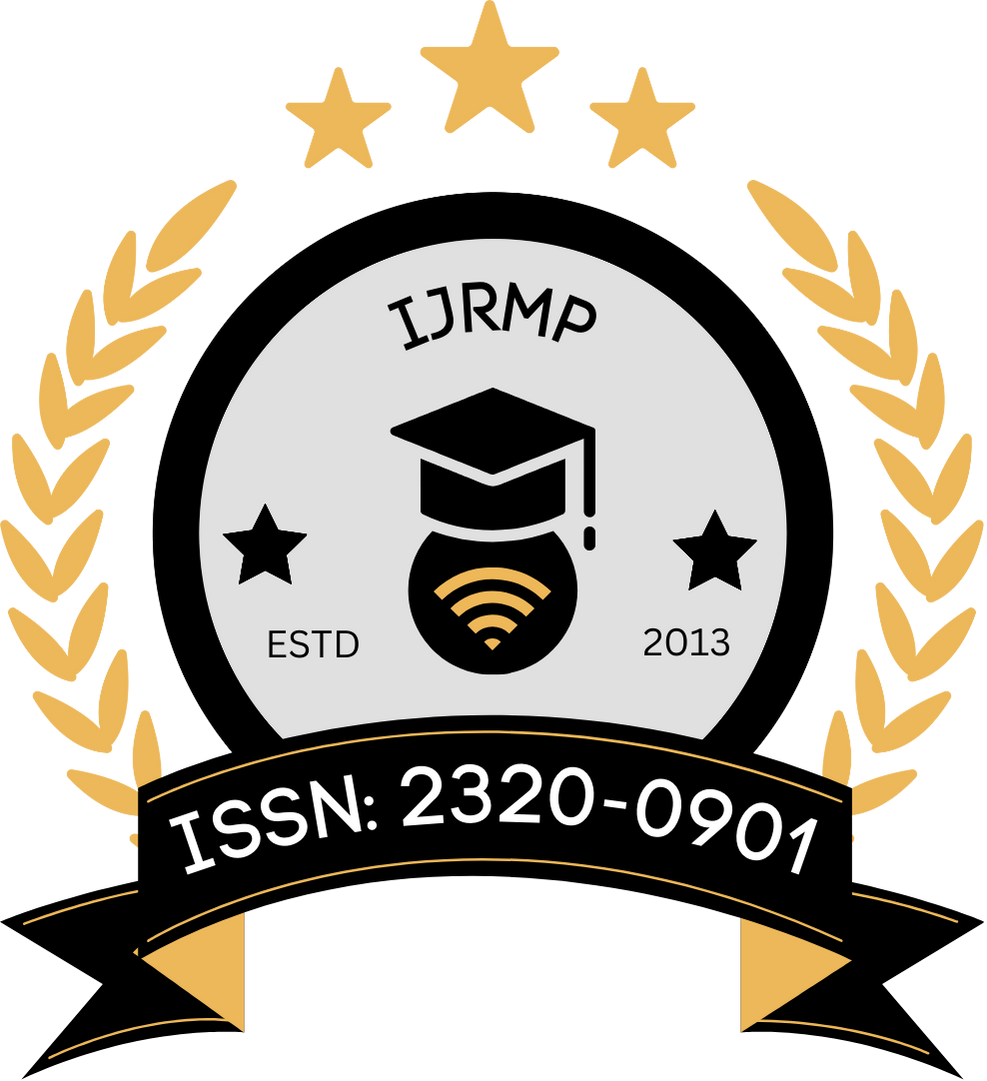![]()
DOI: https://doi.org/10.63345/ijrmp.v12.i5.3
Ananya Das
Independent Researcher
Delhi, India
Abstract
Smart hydrogels have emerged as promising materials in the realm of sustained drug release systems due to their unique ability to respond to environmental stimuli. Their network structure, tunable porosity, and biocompatibility enable controlled drug loading and release, making them ideal candidates for targeted therapies. This manuscript reviews the development and evolution of smart hydrogels up to 2022, outlines the underlying mechanisms driving their responsiveness, and details recent advances in their application for sustained drug delivery. The study integrates a statistical analysis of experimental outcomes, summarizes the methodologies employed in current research, discusses the results, and provides insights into the broader implications, scope, and limitations of smart hydrogel systems in pharmaceutical applications.
Keywords
Smart hydrogels, sustained drug release, stimuli-responsive materials, controlled delivery, biocompatibility, polymer networks
References
- https://www.google.com/url?sa=i&url=https%3A%2F%2Fwww.researchgate.net%2Ffigure%2FStimulus-responsive-hydrogels-and-their-emerging-applications_fig6_355588100&psig=AOvVaw32OPlue_gWxizyEUG8zHln&ust=1741973283279000&source=images&cd=vfe&opi=89978449&ved=0CBQQjRxqFwoTCMCvz6jKh4wDFQAAAAAdAAAAABAg
- Peppas, N. A., Bures, P., Leobandung, W., & Ichikawa, H. (2000). Hydrogels in pharmaceutical formulations. European Journal of Pharmaceutics and Biopharmaceutics, 50(1), 27–46.
- Qiu, Y., & Park, K. (2001). Environment-sensitive hydrogels for drug delivery. Advanced Drug Delivery Reviews, 53(3), 321–339.
- Hoffman, A. S. (2002). Hydrogels for biomedical applications. Advanced Drug Delivery Reviews, 54(1), 3–12.
- Li, J., & Mooney, D. J. (2016). Designing hydrogels for controlled drug delivery. Nature Reviews Materials, 1(12), 16071.
- Caló, E., & Khutoryanskiy, V. V. (2015). Biomedical applications of hydrogels: A review of patents and commercial products. European Polymer Journal, 65, 252–267.
- Zhang, J., et al. (2018). Smart hydrogels: Responsive biomaterials for controlled drug delivery. Journal of Controlled Release, 281, 20–35.
- Li, Y., et al. (2020). Recent advances in stimuli-responsive hydrogels for drug delivery. Chemical Society Reviews, 49(10), 3037–3070.
- Ruel-Gariépy, E., & Leroux, J. C. (2004). In situ-forming hydrogels—review of temperature-sensitive systems. European Journal of Pharmaceutics and Biopharmaceutics, 58(2), 409–426.
- Buwalda, S. J., et al. (2014). Hydrogels in a historical perspective: From simple networks to smart materials. Journal of Controlled Release, 190, 254–273.
- Meka, P., et al. (2019). pH-responsive hydrogels: Novel insights in smart materials for biomedical applications. International Journal of Pharmaceutics, 567, 118489.
- Gaharwar, A. K., et al. (2014). Smart nanocomposite hydrogels for biomedical applications. Advanced Functional Materials, 24(5), 710–724.
- Zhang, H., et al. (2021). A comprehensive review on the synthesis and biomedical applications of hybrid hydrogels. Biomaterials, 269, 120657.
- Singh, B., et al. (2019). Polymeric nanocomposite hydrogels for controlled drug release. Journal of Biomaterials Science, Polymer Edition, 30(6), 562–583.
- Ahmed, E. M. (2015). Hydrogel: Preparation, characterization, and applications: A review. Journal of Advanced Research, 6(2), 105–121.
- Caló, E., et al. (2016). Injectable hydrogels for biomedical applications. Chemical Reviews, 116(7), 3752–3798.
- Gong, J. P. (2010). Why are double network hydrogels so tough? Soft Matter, 6(12), 2583–2590.
- Li, L., et al. (2022). Recent progress in stimuli-responsive hydrogels for biomedical applications. Soft Matter, 18(4), 767–782.
- Gu, Z., et al. (2018). Injectable, self-healing, and conductive hydrogels for biomedical applications. Advanced Materials, 30(22), 1707248.
- Caló, E., & Khutoryanskiy, V. V. (2021). Recent advances in biomedical hydrogels. Advanced Drug Delivery Reviews, 173, 195–218.
- Thakur, V. K., et al. (2022). Nanocomposite hydrogels: A review on their synthesis, properties, and applications in drug delivery. Composites Part B: Engineering, 236, 109897.
